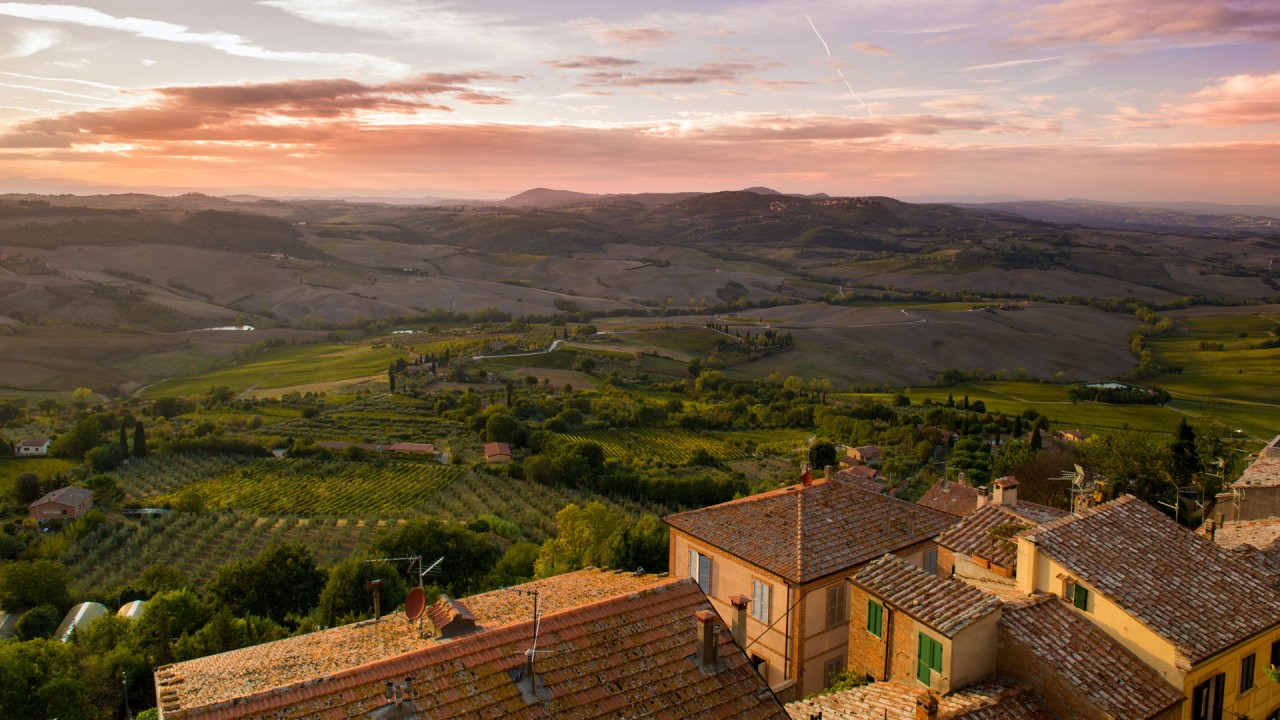
L’Anteprima 2022 è stata l’occasione per l’annuncio del rating all’annata 2021 e per far conoscere il Vino Nobile di Montepulciano 2019 e le Riserve 2018 in commercio da quest’anno
Tornata alla normalità, dopo un’annata in forma ridotta, l’Anteprima 2022 del Vino Nobile di Montepulciano, svoltasi nell’antica Fortezza Medicea che dall'aprile 2018 è anche sede del Consorzio del Vino Nobile di Montepulciano e della sua enoliteca. Un attento intervento di ristrutturazione ha portato alla luce di importanti ritrovamenti archeologici che sono stati messi in evidenza da un pavimento in cristallo adiacente la zona bar ristorante dotata di una terrazza con vista panoramica sul Tempio di San Biagio, sulla Val di Chiana e la Val d’Orcia. Presso l’enoliteca è possibile degustare oltre 100 etichette di tutti i produttori associati al consorzio, che mai come in passato gode di ottima salute. Ne è riprova il patrimonio del Vino Nobile di Montepulciano, che conta 2000 ettari vitati. Di questi 1.210 sono gli ettari iscritti a Vino Nobile di Montepulciano Docg, mentre 305 gli ettari iscritti a Rosso di Montepulciano Doc. A coltivare questi vigneti oltre 250 viticoltori (sono circa 90 gli imbottigliatori in tutto dei quali 75 associati al Consorzio dei produttori). Circa mille i dipendenti fissi impiegati dal settore vino a Montepulciano, ai quali se ne aggiungono altrettanti stagionali. Nel 2021 sono state immesse nel mercato 6,8 milioni di bottiglie di Vino Nobile (+21,4% rispetto al 2020) e 2,6 milioni di Rosso di Montepulciano (+6,4% rispetto al 2020). Il 2021 è stato un anno importante per il mercato del Vino Nobile di Montepulciano rispetto a quello precedente caratterizzato dalle chiusure di ristoranti e ridimensionamento dell’export. Ebbene il mercato del Vino Nobile di Montepulciano nell’anno appena scorso ha visto un incremento significativo del mercato interno.
Le esportazioni, che tuttavia restano il principale canale di sbocco, hanno fatto segnare un 70% (negli anni passati si era arrivati al 78%), mentre il restante 30% viene commercializzato in Italia. Continua la tendenza di crescita degli ultimi anni la vendita diretta in azienda che nel 2021 ha raggiunto il 30%. Per quanto riguarda il mercato nazionale inoltre le principali vendite sono registrate in Toscana per il 40%. Al nord viene venduto il 34,4% (+20% rispetto al 2019). Per quanto riguarda l’estero si assiste a una torta divisa a metà tra Europa e paesi extra Ue. La Germania continua ad essere il primo mercato del Nobile con il 39% della quota esportazioni. Il secondo Paese di riferimento è quello degli Stati Uniti arrivando a rappresentare il 26% dell’export del Vino Nobile di Montepulciano (+4% rispetto al 2019). Successo anche per i mercati asiatici, balcanici ed extra Ue con oltre il 4% delle esportazioni. Continua il trend di crescita del Canada che da solo vale il 4% delle esportazioni. Un dato davvero significativo è la fetta di mercato del Vino Nobile di Montepulciano a marchio bio che nel panorama italiano vale il 42% delle vendite, mentre a livello internazionale rappresenta il 69%. Un dato che rispecchia anche la produzione biologica a Montepulciano (più della metà dei soci del Consorzio è ormai biologico o in conversione) e va nella direzione della certificazione Equalitas.
L’Anteprima 2022 è stata l’occasione per l’annuncio del rating all’annata 2021 e per far conoscere il Vino Nobile di Montepulciano 2019 e le Riserve 2018 in commercio da quest’anno. Il turismo nel 2020 e anche nel 2021 è tornato a crescere, ma in maniera diversa dal solito. Sono arrivati tanti italiani, rispetto al passato, di tutte le fasce di età. In particolare a Montepulciano si è registrata una grande ondata di presenze della cosiddetta “Generazione Z”, con età compresa tra i 20 e i 25. Proprio su questa nuova fascia di consumatori “in erba” il Consorzio insieme alle proprie aziende associate, ha voluto svolgere una analisi di mercato. Secondo la ricerca che ha svolto il Consorzio, insieme all’Amministrazione Comunale su un campione di oltre la metà delle proprie aziende risulta che il 93% di queste ha già cominciato a ricevere consumatori “Z” che per oltre 70% arrivano tramite internet (sito privato o portali di prenotazioni), per il 12,5% per passaparola. Il tipo di visita preferito, per l’81,3%, è quello del racconto dell’azienda seguito da una degustazione, per il 15,6% solo degustazione. Tra le principali curiosità richieste dai consumatori “Generazione Z” le pratiche in cantina, ma soprattutto la sostenibilità ovvero quali azioni le aziende mettono in campo per sostenere il territorio e l’ambiente. A questo tema il consumatore “Z” presterebbe moltissimo interesse (per il 23%), abbastanza per il 15%. La spesa media dei giovani consumatori per il 50% non supera i 30 euro, ma per il 40,6% va oltre fino ai 60 euro, più bassa (9,4%) quella che va dai 61 ai 100 euro. Per accogliere al meglio questi nuovi consumatori le aziende hanno intrapreso attività di formazione: oltre il 40% degli intervistati ha dichiarato di aver organizzato iniziative ad hoc in particolare proprio attraverso le visite didattiche in azienda, con piccoli corsi in azienda o on line. Secondo il 37% delle cantine intervistate il livello medio di preparazione generale sul vino è tra la sufficienza e il medio alto. Quali le tendenze dei nuovi consumatori? I vini rosati, vini sostenibili e con uno storytelling, possibilità di reperire le bottiglie anche in internet attraverso l’e-commerce.
Il 2021 è stato un anno importante per il mercato del Vino Nobile di Montepulciano rispetto a quello precedente caratterizzato dalle chiusure di ristoranti e ridimensionamento dell’export. Ebbene il mercato del Vino Nobile di Montepulciano nell’anno appena scorso ha visto un incremento significativo del mercato interno. Le esportazioni, che tuttavia restano il principale canale di sbocco, hanno fatto segnare un 70% (negli anni passati si era arrivati al 78%), mentre il restante 30% viene commercializzato in Italia. Continua la tendenza di crescita degli ultimi anni la vendita diretta in azienda che nel 2021 ha raggiunto il 30%. Per quanto riguarda il mercato nazionale inoltre le principali vendite sono registrate in Toscana per il 40%. Al nord viene venduto il 34,4% (+20% rispetto al 2019). Per quanto riguarda l’estero si assiste a una torta divisa a metà tra Europa e paesi extra Ue. La Germania continua ad essere il primo mercato del Nobile con il 39% della quota esportazioni. Il secondo Paese di riferimento è quello degli Stati Uniti arrivando a rappresentare il 26% dell’export del Vino Nobile di Montepulciano (+4% rispetto al 2019). Successo anche per i mercati asiatici, balcanici ed extra Ue con oltre il 4% delle esportazioni. Continua il trend di crescita del Canada che da solo vale il 4% delle esportazioni. Un dato davvero significativo è la fetta di mercato del Vino Nobile di Montepulciano a marchio bio che nel panorama italiano vale il 42% delle vendite, mentre a livello internazionale rappresenta il 69%. Un dato che rispecchia anche la produzione biologica a Montepulciano (più della metà dei soci del Consorzio è ormai biologico o in conversione) e va nella direzione della certificazione Equalitas.
Il 2021 ha avuto un andamento meteorologico decisamente straordinario, sia in termini di piovosità, sia per alcuni picchi termici registrati in primavera. La piovosità totale annua è stata pari a 510 mm, valore decisamente basso, circa il 25% meno della piovosità media annua della zona. Relativamente alle temperature, i mesi che si sono discostati fortemente dalle medie del periodo sono stati marzo e soprattutto aprile, che hanno fatto registrare valori delle minime particolarmente bassi. In aprile, nella notte tra il 7 e l’8, le temperature notturne sono scese sotto lo zero per molte ore, raggiungendo nei fondivalle anche i -7°C, e arrecando criticità in fase di schiusura. Il germogliamento è avvenuto tra il 28 marzo e il 27 aprile; la fioritura tra il 2 e il 15 giugno e l’invaiatura tra il 27 luglio e il 26 agosto. La vendemmia si è sviluppata tra la metà di settembre i primi di ottobre. I vini del 2021, degustati dopo le fermentazioni malo-lattiche, presentano colori molto decisi, profumi intensi dominati da sentori di frutta matura e una notevole struttura caratterizzata da abbondante tannicità e buona acidità. A livello analitico si rilevano valori elevati di intensità e tonalità di colore, di alcool, di estratti e di polifenoli totali e livelli medi di acidità e pH.
Sono oltre 40 le aziende di Vino Nobile di Montepulciano che con la vendemmia 2021 hanno selezionato una partita di Vino Nobile di Montepulciano atto a divenire “Pieve”. Circa 500 mila le bottiglie previste in uscita per la prima annata disponibile (la 2024), pari al 10% circa della produzione di Vino Nobile di Montepulciano. Rispetto allo scorso anno, data di presentazione del disciplinare, dopo la delibera positiva da parte della Regione Toscana (primo step dell’iter), ora il Consorzio aspetta l’ok definitivo dalla Comitato Vini del Ministero delle Politiche Agricole Alimentari e Forestali. L’idea di far nascere il Vino Nobile di Montepulciano menzione “Pieve” (attualmente il disciplinare prevede Vino Nobile di Montepulciano e Vino Nobile di Montepulciano Riserva), nasce da un percorso metodologico che ha visto il consenso e la partecipazione di tutte le aziende produttrici. Un percorso di studio all’interno della denominazione stessa, che grazie a momenti di incontro, confronto e di analisi collettiva, ha portato alla nascita di una “visione” univoca di Vino Nobile di Montepulciano. Una visione supportata dalla ricerca anche degli esperti.
Lo studio storico della geologia e della geografia del territorio ha portato alla individuazione di 12 zone, definite nel disciplinare di produzione UGA (Unità geografiche aggiuntive), che saranno anteposte con la menzione “Pieve” in etichetta. Questo aspetto rappresenta l’identità del Vino Nobile di Montepulciano che guarda appunto al passato. La scelta di utilizzare i toponimi territoriali riferibili a quelli delle antiche Pievi in cui era suddiviso il territorio già dall'epoca tardo romana e longobarda, nasce da un approfondimento di tipo storico, paesaggistico e produttivo vitivinicolo. In particolare la volontà del Consorzio del Vino Nobile di Montepulciano è quella di ribadire e codificare una realtà fisica con antica radice storica, che ha caratterizzato il territorio poliziano fino all'epoca moderna e che trova la sua eco anche nel catasto Leopoldino dei primi decenni del XIX secolo, che suddivideva il territorio in sottozone definite con il toponimo.
Sostenibilità, Valoritalia pronta a certificare il distretto della Denominazione Vino Nobile di Montepulciano con la norma Equalitas. Il Consorzio Vino Nobile di Montepulciano ha deciso di rafforzare il proprio impegno verso uno sviluppo sostenibile, affidando a Valoritalia l’incarico di certificare con il protocollo “Equalitas” la sostenibilità delle denominazioni tutelate. Una scelta arrivata al termine di un percorso iniziato oramai da alcuni anni, che ha previsto la partecipazione attiva di buona parte delle aziende socie e consentito di maturare e condividere una decisione che avrà un forte impatto sullo sviluppo futuro del territorio. Il primo step riguardante l’iter di certificazione dovrebbe concludersi entro il primo semestre 2022 e consentirà al Vino Nobile di Montepulciano e al Rosso di Montepulciano di diventare le prime denominazioni sostenibili italiane. Per arrivare a questo obiettivo oltre il 70% delle imprese ha già investito in progetti sostenibili, mentre il 90% ha in corso progetti di realizzazione di impianti. Entrando nel dettaglio, oltre il 70% delle aziende di Vino Nobile di Montepulciano ha un impianto fotovoltaico e il 35% si è dotato di solare termico per la produzione di calore. Il 20% ha sistemi di recupero delle acque reflue, mentre un 10% delle imprese ha investito nella geotermia. Negli ultimi anni circa la metà delle aziende ha sviluppato pratiche naturali, come la fertilizzazione, l’inerbimento, l’utilizzo di metodi di coltivazione meno impattanti. Questo si lega al concetto di biodiversità che vede gran parte delle aziende di Vino Nobile praticare una agricoltura sotto il regime del biologico, alcune biodinamiche.
















































































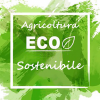
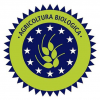
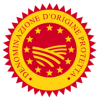
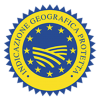
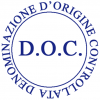

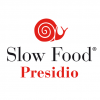
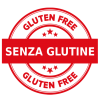
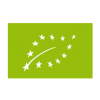
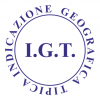
Lascia un Commento